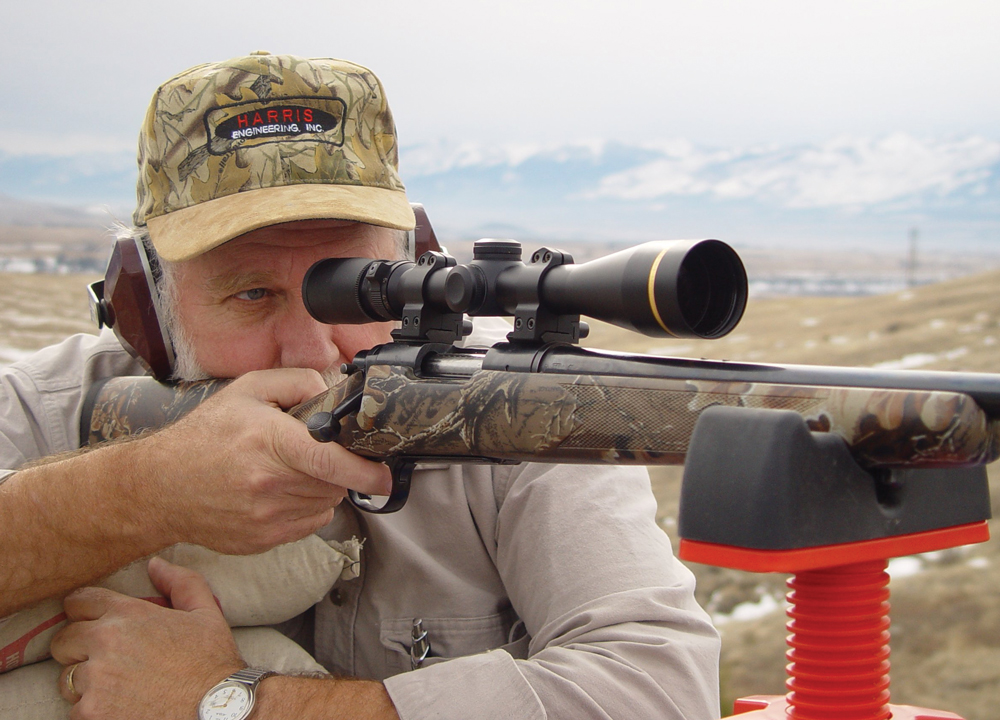Understanding gun safety and performance helps eliminate misconceptions about large rifle primers and promotes safe handling practices. There may be myths surrounding the strength of the primer, its interchangeability, or the risks associated with installation. Primer assessments should be completed based on product standards and handling procedures to improve gun performance and safety. Here are some common misconceptions about the safety of a large rifle primer:
Rifle Primers Are Interchangeable
People may think all large rifle primers can fit any cartridge or bullet. Standard and magnum primers vary in chemical composition, ignition strength, and internal pressure. Magnum primers produce a hotter, longer-burning flame for slow-burning powders or large capacity use cases. Standard primers are used with lighter loads and powders. These variations impact ignition timing, pressure development, and general shot consistency. Failure to use the correct type of primer can result in unreliable ignition or excessive chamber pressure, compromising safety and accuracy. Reloaders are required to confirm that the primer type matches the brass size, the nature of the powder, and the bullet weight.
Military-Grade Primers Are Superior
Large rifle primers, specifically designed for the military, contain special formulations that enhance pressure or include additional chemicals. People may assume that military primers are always superior to commercial ones, but that’s not always the case. Military-grade primers are made to serve specific purposes common in military applications. These purposes include reliable ignition in harsh conditions, resistance to accidental detonation in semi-automatic or automatic firearms, and reliability in rapid or high-volume firing.
To accomplish this, military primers can be made of harder primer cups to minimize slam-fire risks and less sensitive compounds. This helps avoid accidental ignition from rough handling or mechanical impact. The same characteristics also reduce ignition reliability in firearms with lighter firing pins or less firing pin energy. Failure to anticipate these differences when using such primers in civilian reloading can result in misfires or variable velocities. Primer selection should align with the firing mechanism of the firearm and its intended application, rather than perceived toughness.
Primer Storage Conditions
Reloaders assume that all primers from various manufacturers function identically. A slight variation in composition, cup hardness, and chemical sensitivity influences the performance. Switching brands without reworking the load changes pressure and muzzle velocity.
If a primer is stored inappropriately, it may be unreliable. Primers exposed to humid conditions, temperature fluctuation, or vibration can wear out more quickly. Primers should be stored in a dry, temperature-stable location, while avoiding containers that permit excessive moisture or air exposure. Performance consistency can also be maintained using sealed containers. Malfunctions are also caused by dropping a primer, seating it into dirty brass, or using excessive force during installation. These risks are minimized through safe practices when reloading, including the use of primer trays and avoiding contact with the seating mechanisms. Primers should be stored and handled consistently to work as intended when loaded and fired.
Magnum Primers Performance
Some believe that magnum primers provide better ignition and precision. Although they have a hotter and longer flame than ordinary primers, this does not mean they perform better. Magnum primers are designed for loads with hefty charges or hard-to-ignite powders. Magnum primers may cause overpressure when misused, particularly in faster-burning powders or smaller cartridge cases. This leads to unpredictable ignition behaviour, resulting in a lower shot-to-shot accuracy. The additional energy interferes with the controlled burning rate of some powders, resulting in irregular velocity or pressure fluctuations. Most of the moderate-capacity cartridges and efficient powders are ideal for standard primers. Optimum primer load varies based on case size, powder type, barrel length, and shooting conditions. In this case, an extreme cold temperature needs magnum primers if the powder is hard to ignite.
Find Quality Large Rifle Primers
Understanding the correct features of a large rifle primer helps avoid major safety myths. Primers with the same size classification must be aligned with the load-to-brass variables and must be compatible with your firearm. Visit a reliable store and find quality large rifle primers today.

